This site uses only a few technical cookies necessary for its operation. By continuing to browse, you accept their use.
To find out more...
To find out more...
Pastry and bakery dough families
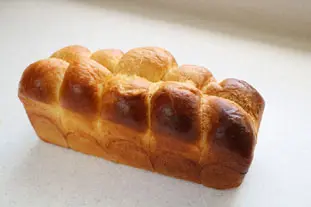
There are many kinds, or families, of pastry and bakery doughs, depending on whether you want to make a tart, a cake, a pie, a brioche, croissants and so on.
I'll try to give you a quick overview of all these doughs, how they're classified, and what they're used for.
I'll try to give you a quick overview of all these doughs, how they're classified, and what they're used for.
13 K 4.9/5 (16 reviews)
Keywords for this post:PastryDoughDifferencesTextureLast modified on: November 16th 2020
Pastry and bakery dough families
Shortcrust pastry (or "tart dough")
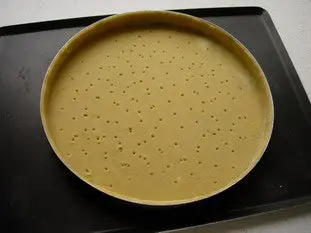 | 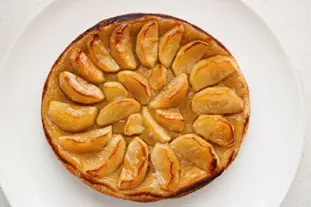 | These are the simplest, with no yeast in them, just a mixture of flour, butter, sugar and sometimes egg. They include shortcrust, shortbread, sweet and dark pastry. They're all based on the same principle, changing only the weights of butter and sugar, mainly. Their specificity, if you like, is that you don't work them, or you work them as little as possible. As soon as the mixture is done, you stop everything, and you don't insist, because otherwise the gluten network will start to build up, and your dough will become elastic, which is something you really don't want. |
Battered dough
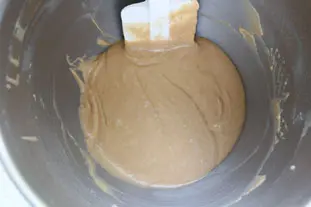 | 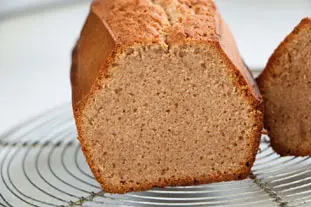 | These are the doughs used for cakes, sponge cakes, choux pastry, etc. This is achieved either by whipping in air during kneading, or by adding baking powder, which causes the dough to swell during cooking. |
Puff pastry
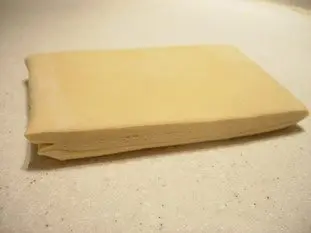 |  | These doughs are more complex to make: you start by kneading a simple, lightly buttered dough, called a "détrempe", to which you then add butter, enclosing it in the "détrempe". The whole thing is then folded several times ("turns") to obtain the famous puff pastry. This is mainly puff pastry. |
Leavened dough
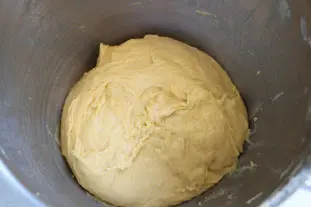 |  | You guessed it, they're going to rise! And that's all because baker's yeast is added to it, which causes the dough to rise after a fairly long resting period in a warm place. These are doughs that are kneaded for a long time, often with butter: brioche dough, bread pudding dough, Viennoise dough, etc. |
Croissants dough
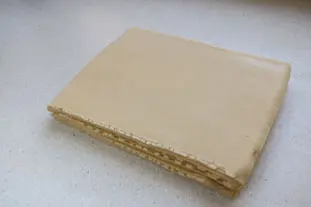 |  | As its french name suggests (pâte levée-feuilletée), this is the fusion of the 2 previous types: We still prepare a distemper, but there's baker's yeast in it, and then we also incorporate butter by "tourage". The dough is then rolled out, left to rise, and finally baked, giving a delicious mix of crispiness and softness. This is the dough used for croissants and pains au chocolat, the most technical of all, but also the one that makes the majority of viennoiseries. |
That's it, we've done the grand tour (I'm deliberately leaving out bread and pizza doughs), and here you have the essentials of the doughs you could make at home, or perhaps already do.
I hope I've made you want to knead, or at least made you hungry...
Lasts posts
Butter vs. grease
We often read in a recipe where a pastry is put into a mould that, just before pouring, the mould should be buttered or greased. But what's the difference between these 2 terms?December 1st 20251,4525
Getting out of the fridge early
Very often when you're cooking, you need to take food or preparations out of the fridge, to use them in the recipe in progress. There's nothing tricky about this: you just take them out of the fridge and use them, usually immediately, in the recipe. But is this really a good method?November 24th 20251,2775
Who's making the croissants?
When you look at a bakery from the outside, you naturally think that in the bakery, the bakers make the bread, and in the laboratory, the pastry chefs make the cakes. It's very often like that, with each of these professions having quite different ways of working, but sometimes there's also one...November 23th 20251,170
Oven height
When we put a dish or cake in the oven, we naturally tend to put it on the middle shelf, and that's what we usually do. But in some cases, this position and height can be a little tricky, so let's find out why.October 8th 20253,3055
The importance of sieving
In recipes that use a fine powder (flour, powdered sugar, etc.), you'll often see the advice to sift before using it. To sift is to pass the powder in question through a sieve (a very fine strainer) before incorporating it into your recipe. It's often advice, but is it really useful?September 3rd 20257,9183
Other pages you may also like
Stand mixer tools
Whether we call it a stand mixer, food processor, or simply refer to it by brand (Kenwood, KitchenAid, etc.), this machine is a valuable tool for amateur cooks, bakers or pastry chefs like ourselves. All these machines come supplied with 3 different tools. Let’s take a look at their names and...November 2nd 201938 K4.5
How to break eggs properly?
It is a very common gesture in pastry, bakery and of course cooking: breaking eggs to incorporate them into a recipe. You have eggs (which professionals call "shell eggs" to differentiate them from liquid eggs in cartons or cans), and you must break them to incorporate the contents into your...June 26th 202115 K4.8
Cream and sauces
Have you ever wondered why making beautiful tasty sauces is so easy when you use cream? .October 15th 201223 K4.4
What is the difference between bakery and patisserie?
This is a question that you may well have asked yourself and which I will attempt to answer. In France the two trades of "boulangerie" (bakery) and "pâtisserie" (patisserie and confectionery) have always been quite distinct, but where exactly do the boundaries lie? .February 7th 2017134 K 14.1
Candied fruits: don't get ripped off
Do you like candied fruit? You might like to nibble a handful or add it to a recipe, like a classic fruit cake or delicious Italian specialities like panettone or sicilian epiphany pie.June 21th 201768 K 24.2
Post a comment or question
Follow this page
If you are interested in this page, you can "follow" it, by entering your email address here. You will then receive a notification immediately each time the page is modified or a new comment is added. Please note that you will need to confirm this following.
Note: We'll never share your e-mail address with anyone else.
Alternatively: you can subscribe to the mailing list of cooling-ez.com , you will receive a e-mail for each new recipe published on the site.









